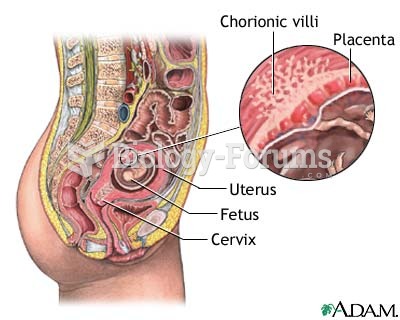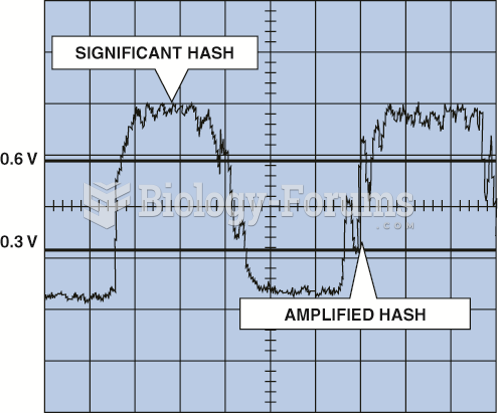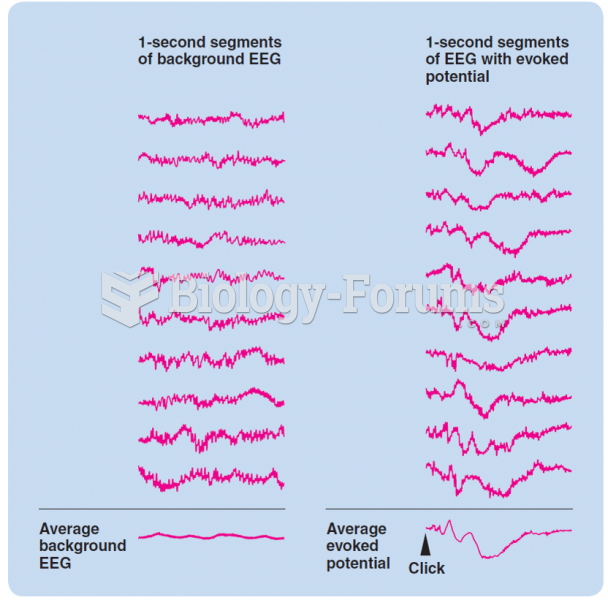|
|
|
Complications of influenza include: bacterial pneumonia, ear and sinus infections, dehydration, and worsening of chronic conditions such as asthma, congestive heart failure, or diabetes.
More than one-third of adult Americans are obese. Diseases that kill the largest number of people annually, such as heart disease, cancer, diabetes, stroke, and hypertension, can be attributed to diet.
During the twentieth century, a variant of the metric system was used in Russia and France in which the base unit of mass was the tonne. Instead of kilograms, this system used millitonnes (mt).
The senior population grows every year. Seniors older than 65 years of age now comprise more than 13% of the total population. However, women outlive men. In the 85-and-over age group, there are only 45 men to every 100 women.
By definition, when a medication is administered intravenously, its bioavailability is 100%.
 Deforestation and increased road-building in the Amazon Rainforest are a significant concern because
Deforestation and increased road-building in the Amazon Rainforest are a significant concern because
 The steel lamination used in an E coil helps increase the magnetic field strength, which helps the ...
The steel lamination used in an E coil helps increase the magnetic field strength, which helps the ...





